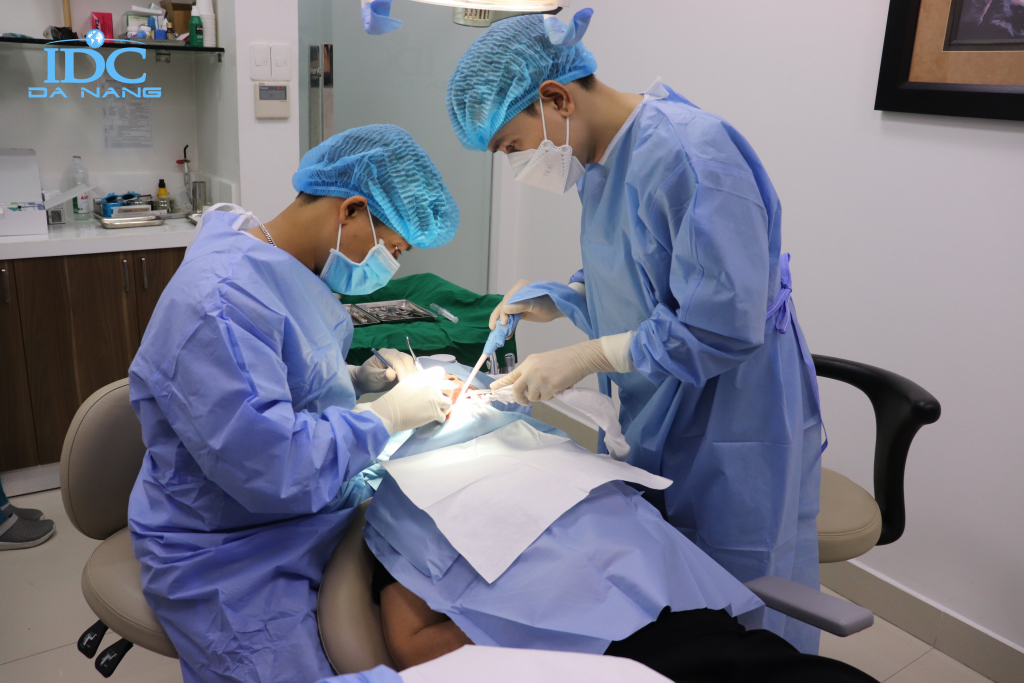In the event that a tooth cannot be restored with either crown or filling because of severe decay or trauma or is loose because of periodontal disease, the tooth may need to be removed or extracted.
Sometimes, teeth are also removed if they are impacted (will not erupt) but are causing pain or are damaging the gums or other teeth. When a tooth cannot be restored, is causing pain or jeopardizes the health of adjacent teeth or tissues, it should be removed.
Extraction of teeth by the well-trained dentist is usually a simple procedure utilizing local anesthesia. With proper anesthesia, the patient should only feel pressure as the tooth is removed. Occasionally, the tooth to be extracted may need to be sectioned or removed in pieces.

After Extraction Home Care
After an extraction, it is important to follow the instructions of the dentist. The dentist will place gauze in the area where the tooth was removed. Firm pressure (by biting on the gauze) should be applied for 40 minutes following the removal in order to stop any bleeding. After 40 minutes, the gauze may be removed. If there is continued bleeding, new gauze should be placed and biting pressure applied for an additional 40 minutes. Remember, a little blood and a lot of saliva tend to look like a lot of blood, so do not become alarmed.
It is important to avoid creating a vacuum or suction in the mouth for 12 hours after removal of the tooth. To avoid this, do not smoke or use a straw during that time.
